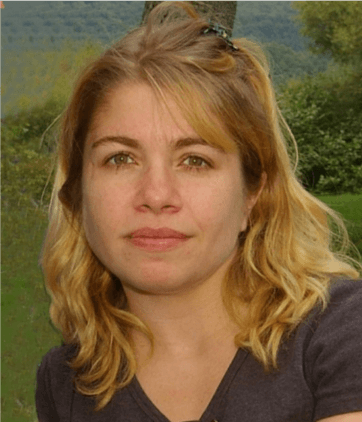Barbara Thompson-2018-11-15



SEMINAR INFO
November 15, 2018
■
Gore Hall
Room 104
■
2:00pm – 3:00pm
PRESENTING: BARBARA THOMPSON
NASA Goddard
BEYOND THE BLACK BOX: HOW DEEP LEARNING AND AI CAN DRIVE SCIENTIFIC DISCOVERY
Despite the seemingly mystifying science behind deep learning, few areas of research evoke more ready opinions from non-experts. Space scientists who are active in machine learning, neural nets (or any of the other zoo of terms associated with this branch of statistics) are accustomed to strong reactions. These reactions range from “this is really tough problem, can’t you give it to a machine and have it do magic?” to “it’s a black box, you don’t understand what’s really happening” or “yeah, you get correlations, but it’s not science.” Of course, it’s not magic – it’s math. Advanced statistics opens the possibility of finding new relationships and systemic behavior, expanding your discovery potential.
Success in applying deep learning to scientific problems hinges on several factors. It is important to understand the physical problem and sample set extremely well. Then, it is important to understand the method(s) well enough to make the most of the sample set. A “black box” may be acceptable in the commercial world, but when one is studying a physical system, the “why” of a result or a decision can more significant than “what” the result was. Finally, the information derived from the statistics must be contextualized; we must understand how the result relates to our current knowledge about the system of study. Therefore, the success of deep learning in science hinges on the involvement of topic area experts from beginning to end.
What does this mean? It means there’s room for all players. Even a small foray into this arena can have benefits, as the ability to clearly articulate a problem, characterize your data, and define “progress” can provide unexpected insight into the nature of a system. The added information and insight derived from exploring data space can reveal paradoxes or mistaken assumptions, leading to much deeper understanding of the underlying physics.
BIOGRAPHY
Dr. Thompson has devoted the majority of her research to the study of coronal mass ejections and the dynamics of coronal structures. She has a great deal of experience in analyzing data from multiple sources, and has authored or co-authored more than 50 papers using data from more than one instrument, as well as dozens of papers combining observations with model interpretations.
Her current research efforts focus on using machine learning and data analytics to address NASA big data challenges. Her scientific leadership has emphasized cross-disciplinary development and innovation, including the establishment of the new Center for Helio-Analytics, a center for machine learning and neural net heliophysics at NASA Goddard.
Our Mission
The Institute aims to accelerate research in data science, serving as a nucleating effort to catalyze interdisciplinary research collaborations across fields impacting our society.
